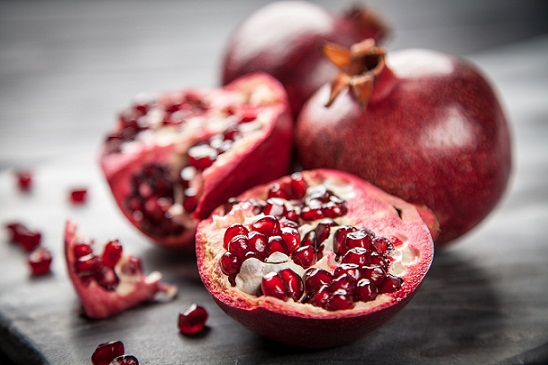U.S.: California set for lighter pomegranate crop

Years of drought conditions appear to have taken their toll on California's fresh pomegranate crop this season, but the situation is expected to improve from next year.
U.S. Pomegranate Council head Tom Tjerandsen said the harvest was looking a little smaller than normal, but highlighted there was excellent sizing, color and sugar levels.
"Although the total harvest for the fresh market is likely to be down from maybe six million boxes to five million boxes, we’re still expecting good quality fruit," he told Fresh Fruit Portal.
"We have experienced a drought over the last five years or so, but we got substantial rainfall this winter and the pomegranate trees have recovered nicely.
"So we’re expecting to see volume climb upward, but we’re diminishing our prospects at least for this season."
He added that over the past few seasons there had been some growers who had pulled out trees, often to plant tree nut crops.
This had led to diminishing pomegranate acreage, but he said it looks as though it's now stabilizing.
About 98% of U.S. pomegranate volumes originate in California, with some production also in Nevada, Utah and New Mexico, according to Tjerandsen.
Harvests began around the second week of August with some limited volumes of the Foothill variety, but the predominant cultivar, Wonderful, is not expected to be picked until the first half of October.
He explained the harvests generally continued until the prospect of the first rains, and growers would typically store the fruit until around February when Chilean supplies start to arrive.
For the 2017-18 campaign, the market prospects are looking good.
"From what we know the fruit from Southern Hemisphere was received and sold through without problems for domestic retailers, which is always an encouraging way to start the summer selling season for us," he said.
"We feel we’ve barely scratched the surface in terms of sales potential, as is that case with many untraditional fruits. Demand has been concentrated on both coasts and is moving steadily toward the middle of the country, where the big majority live."
Increasing use of pomegranates by the foodservice industry is also a major driving force of increased demand, he said, with a rising proportion of the pomegranate crop going to processing.
About 40% of the harvest is exported and the export demand is continuing to grow, according to the representative.
"Russia use to be a big market but we don't have it anymore due to the embargo, but other countries have stepped in. Our main markets now are Canada, South Korea, Japan and Australia," he said.
He highlighted Brazil was a rapidly growing market for the fruit.
Photo: www.shutterstock.com







































